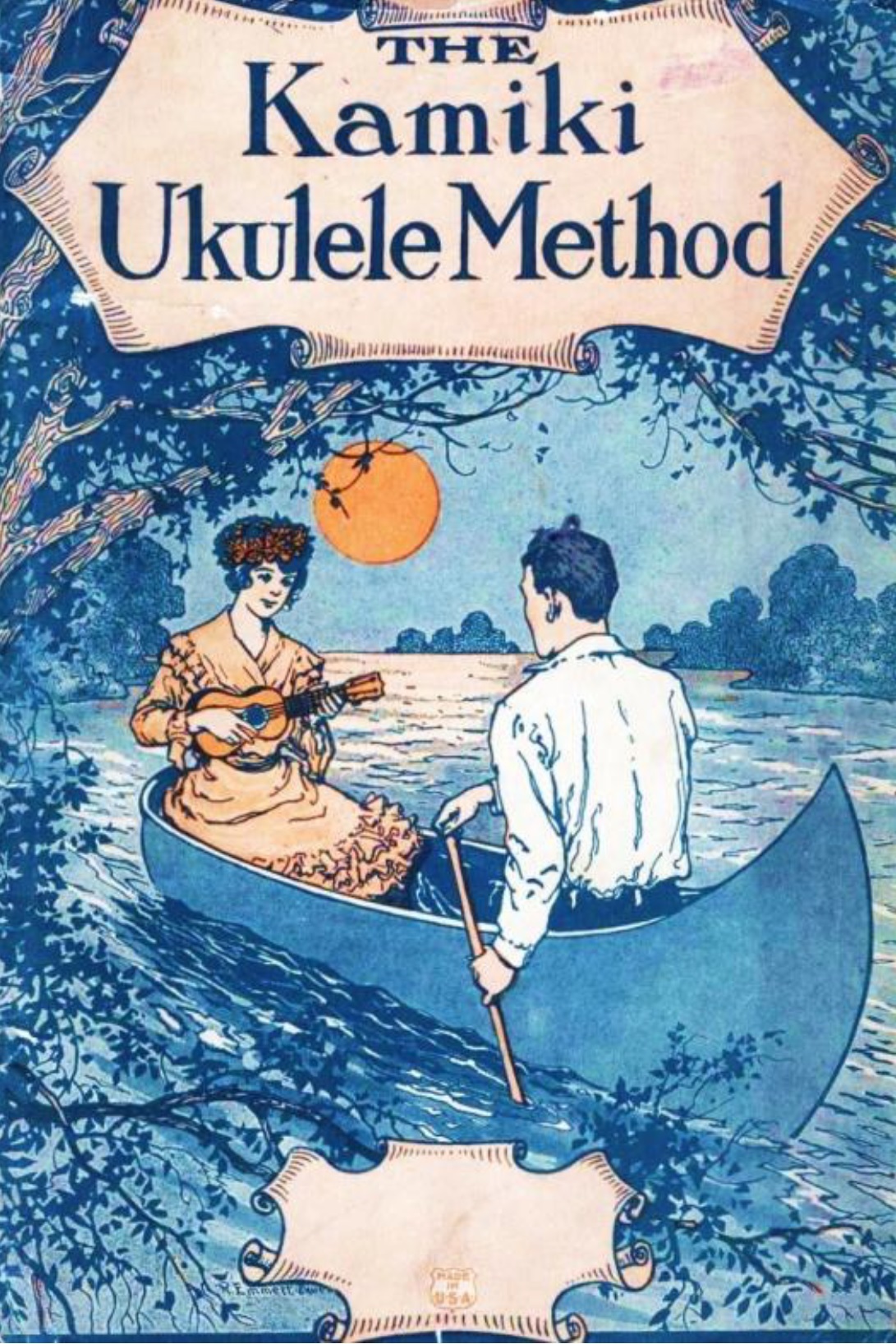Gender and the Ukulele
Gender has been applied to instruments since the Middle Ages. In the European tradition, a woman could only play appropriate instruments that maintained her femininity and did not look suggestive or distort the appearance of her face, neck or arms[1]. As such, a hierarchy of feminine instruments emerged: the keyboard, plucked string instruments, and bowed string instruments[2]. Wind instruments were considered too phallic and distorted the face and lips. Women were typically not permitted to perform outside of the home, so playing an instrument became a parlour tradition[3]. During the colonial era in America, the guitar was considered a woman’s instrument despite being played by both men and women[4]. The small size and relative affordability of the instrument made it an attractive choice for those who wanted to project the social status of the upper class but did not have the finances or space for a piano[5]. This tradition continued with the rise of the ukulele, a less costly and smaller (and therefore more feminine) guitar. While both genders played the ukulele, there was an emphasis on its popularity among young female players[6]. A continuation of the parlour tradition, teenage daughters were expected to learn music to bolster their desirability and to provide music for their families while practising for becoming a wife and mother[7]. As such, music publishers catered to the role of women and the titles and lyrics of works often reflected this “waiting period” that many women experienced. Ukulele arrangements were most often made for songs that fit this “feminine” criteria. Arrangements can be found for titles like “Highways are Happy (When They Lead the Way to Home)”, “Was it a Dream?”, and “Daisy Bell (A Bicycle Built for Two)”. The genres of songs with ukulele arrangements during the silent film era also reflect the feminine parlour tradition as they are mostly dances or dance-songs like “waltz-song”,“song-foxtrot”, or “vocal waltz”. Due to the ukelele's portability, young women abandoned the parlour and began making music outside as a form of self-expression without parental supervision[8].
_______________
[1] Couchman, Jane. The Ashgate Research Companion to Women and Gender in Early Modern Europe. Routledge, 2016, pp. 514.
[2] Green, Lucy. Music, Gender, Education. Cambridge University Press, 1997, pp. 60.
[3] Couchman pp. 516.
[4] Meredith, Sarah. With a Banjo on Her Knee: Gender, Race, Class, and the American Classical Banjo Tradition, 1880-1915. Florida State University, 2003, pp.70.
[5] Meredith pp. 71.
[6] ‘Ignorance Is Bliss’. The Stars and Stripes, 22 Feb. 1918, https://memory.loc.gov/service/sgp/sgpsas/1918/191802/19180222/02.pdf. Library of Congress.
[7] Solie, Ruth A. ‘Gender, Genre, and the Parlor Piano’. The Wordsworth Circle, vol. 25, no. 1, 1994, pp. 55.
[8] Tranquada, Jim, and John King. The Ukulele: A History. University of Hawai’i Press, 2012, pp. 118.
